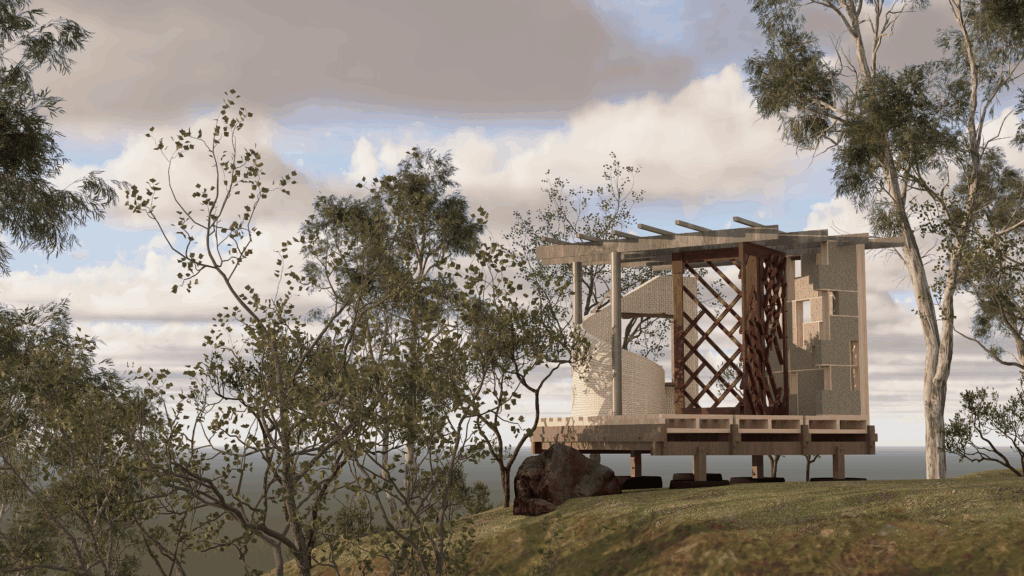GENETIC OPTIMIZATION OF THE STRUCTURAL WARDROBE ELEMENTS
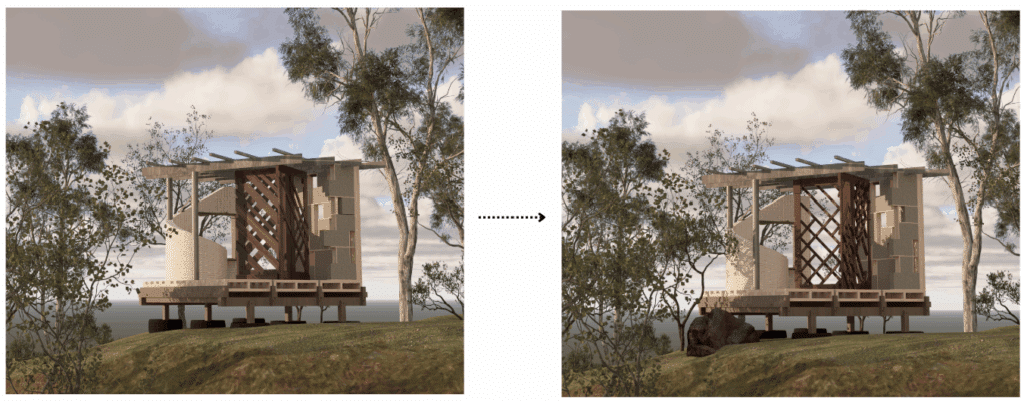
Project Abstract
The structural wardrobe is reimagined as the primary vertical load-bearing core in a compact architectural system ( From the Data Informed Structures 2024-2025). Acting as both a partition and a support, this wardrobe spans between floor and ceiling, bearing compressive and tensile loads while housing essential storage and circulation functions. Instead of conventional walls or columns, this spine becomes the skeleton of the space.
Inspired by the duality of furniture and structure, the project investigates how such hybrid systems can be optimized for performance, reducing material use while ensuring structural efficiency and spatial economy.
Approach
Using Karamba3D for structural simulation and Galapagos for optimization, a parametric model of the wardrobe core is created. Variable parameters such as diagonal thickness, and spacing are used as “genes” in the Galapagos evolutionary solver. The system is subjected to vertical loads mimicking realistic floor-to-ceiling compression and torsional effects.

Psuedo code
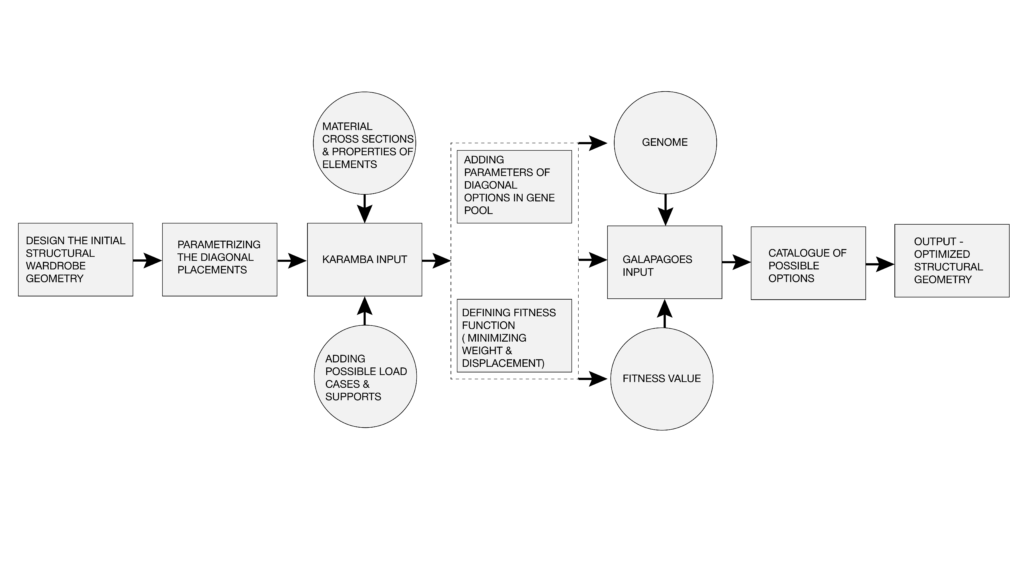
Objectives (Fitness values)
Primary Objective: Minimize the total weight of the structural wardrobe.
Secondary Objective: Ensure maximum displacement does not exceed Dmax = 0.7
These values are monitored using panels
Parameters (genes)
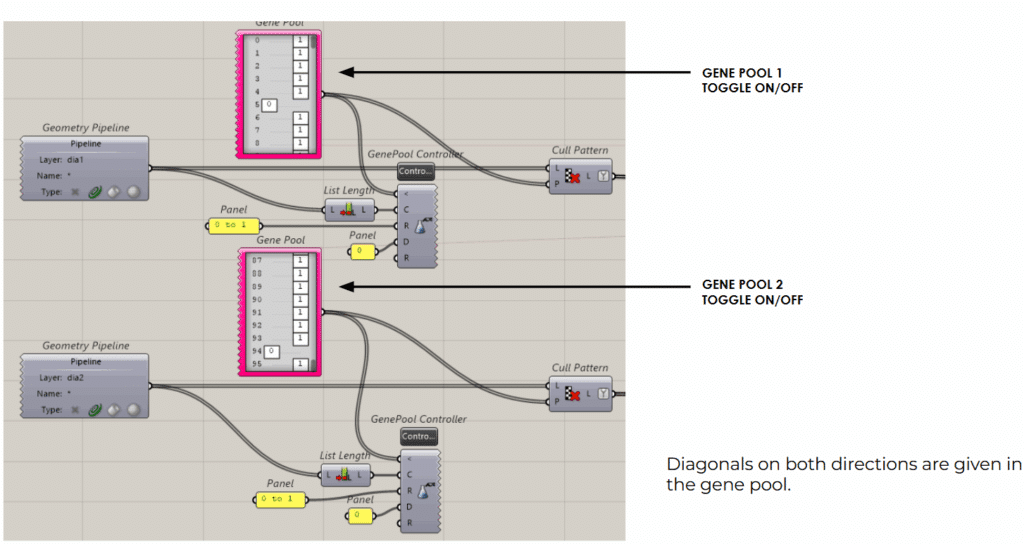
Catalogue
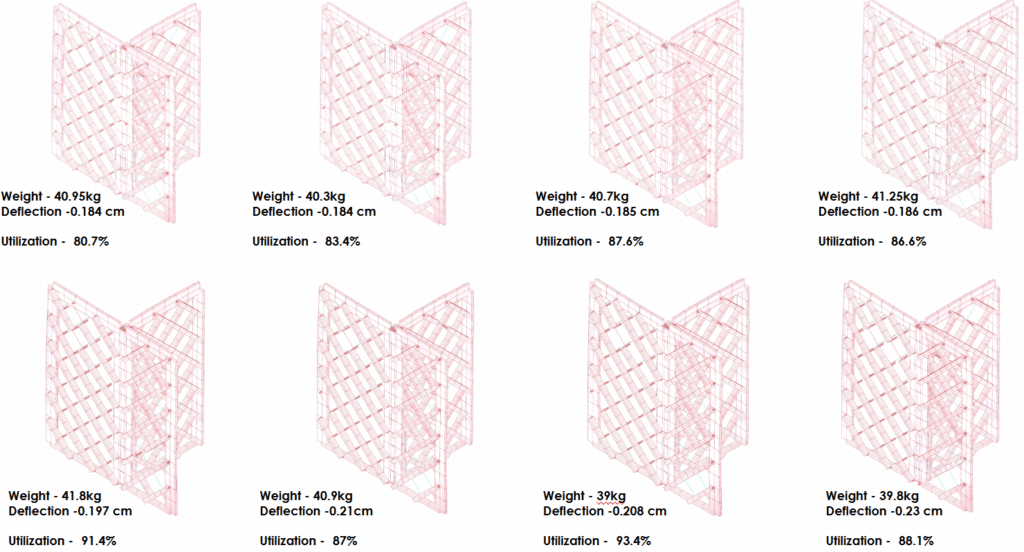
Renders
